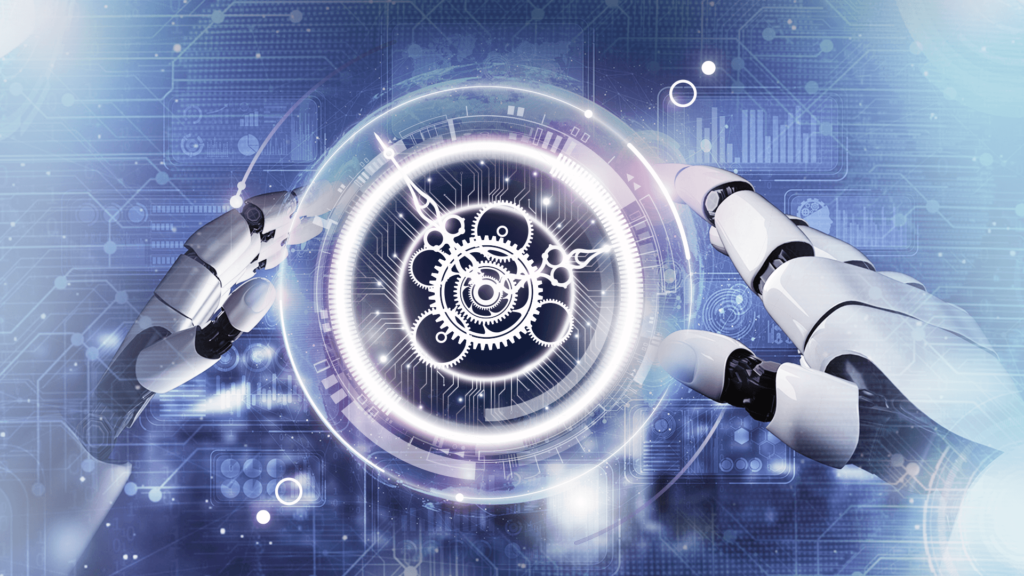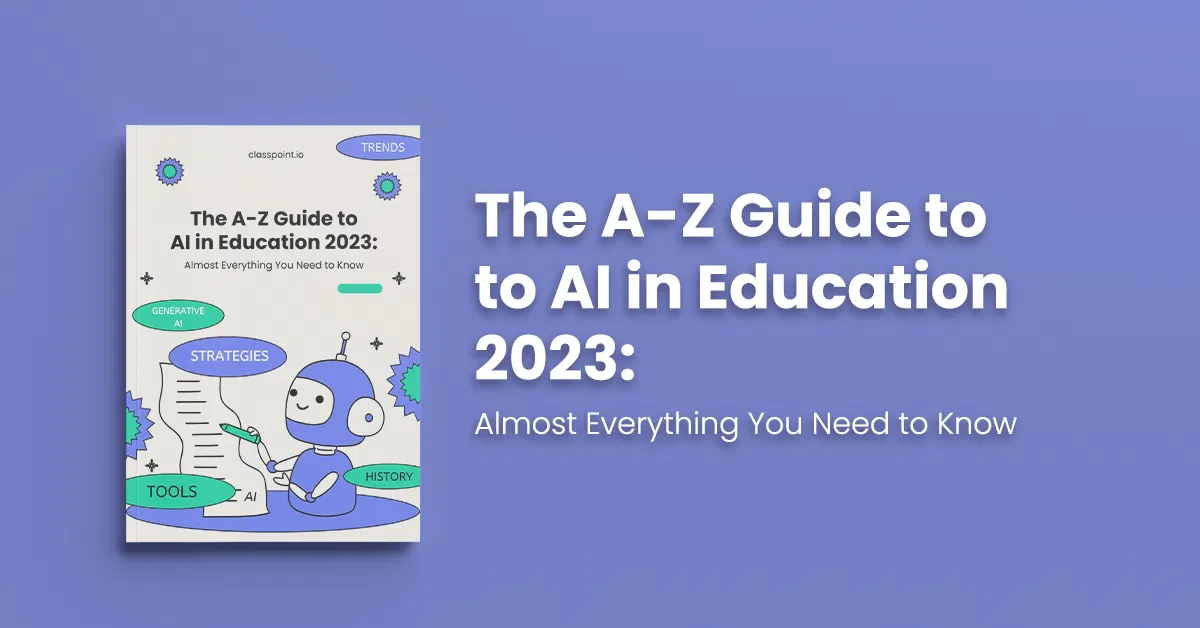Education is the heart of human progress. It is not only about acquiring skills or preparing for jobs but about shaping the very foundation of who we are. Today, as artificial intelligence transforms nearly every part of life, education faces a turning point. The old systems of rote memorization and rigid exams are no longer enough to prepare students for the world. At the same time, history, ethics, and aesthetics once core pillars of learning have been overshadowed in the rush toward speed and technology. If we are to truly reform education, we must combine AI’s power with the wisdom of the past and the richness of human values.
The Rise of AI in Education
AI has already made its presence felt in classrooms across the world. Intelligent tutoring systems adapt to individual student needs, helping them learn at their own pace. Automated grading saves teachers hours of repetitive work, allowing them to focus on mentorship rather than paperwork. Personalized learning platforms can recommend lessons, exercises, or even reading material based on a student’s weaknesses and strengths. This makes education not only more efficient but more inclusive, giving equal opportunities to students who may have been left behind in traditional settings.
But the potential of AI in education goes much deeper than convenience. It can become a bridge between past and future, between creativity and critical thinking, if used with vision. Rather than replacing human teachers, AI should become a partner in nurturing curiosity, encouraging deeper understanding, and reviving the forgotten dimensions of education.
The Forgotten Power of History
In modern education systems, history is often treated as a dry subject filled with dates and events. Yet history is not about memorizing battles or rulers; it is about understanding human choices, mistakes, and achievements across time. When students forget history, they lose the ability to see patterns in human behavior and society.
AI can change this. Imagine an AI-powered simulation that allows students to walk through ancient cities, listen to debates between philosophers, or experience historical decisions from the perspective of leaders and ordinary citizens. This does more than just teach history it makes it alive, personal, and deeply relevant. By reviving history’s forgotten power, AI can help young minds realize that the past is not dead; it is a guide to the present and the future.

Ethics at the Center of Learning
The power of AI also brings responsibility. If education reform focuses only on technical skills, we risk creating generations of brilliant but morally disconnected individuals. Ethics must remain central to education. Students must learn not only how to use AI but how to question its fairness, its biases, and its impact on society.
Teachers and schools must emphasize ethical reasoning asking questions like: Should AI replace certain jobs? How do we ensure privacy when algorithms track our data? How do we balance efficiency with compassion? These questions encourage students to think beyond themselves, to consider the wellbeing of humanity as a whole.
An education system built on both intelligence and ethics produces not only skilled workers but wise citizens who can lead with integrity in a complex world.
Aesthetics and the Beauty of Learning
Beyond skills and ethics, education must not forget beauty. Aesthetics the appreciation of art, creativity, and design gives life meaning. In a fast-moving technological world, creativity and beauty are often pushed aside as luxuries. Yet it is art and imagination that make us human.
AI can revive aesthetics in education by opening new doors to creative expression. Students can use AI to compose music, create art, or design digital spaces. By combining human imagination with AI’s vast resources, education can foster beauty and creativity on an unprecedented scale. A system that values aesthetics makes learning joyful, inspiring, and connected to the human spirit.
The Danger of Ignoring Balance
While AI promises great change, education reform must be careful not to become unbalanced. Too much focus on technology without values risks creating a society of efficiency without empathy. Too much focus on history without innovation risks leaving students unprepared for the future. Too much focus on aesthetics without structure risks making learning shallow.
The true reform lies in balance where AI empowers, history grounds, ethics guides, and aesthetics inspires. This balance ensures that education does not just produce professionals but whole individuals who understand life in its full depth.

Teachers as Guides, Not Controllers
One fear of AI in education is that it might replace teachers. But the truth is that no machine can replace the human warmth of mentorship. Teachers are more than information providers; they are role models, guides, and sometimes even second parents. AI can handle repetitive tasks, but only a human can inspire values, compassion, and resilience in students.
The future role of teachers will shift from lecturing to guiding. They will help students ask the right questions, use AI responsibly, and integrate knowledge into life. Education reform must empower teachers to embrace AI as a partner, not as a competitor.
Education Beyond Classrooms
AI and modern values are also breaking the boundaries of classrooms. Education no longer needs to be limited to school hours or textbooks. A student can learn history through interactive apps, practice languages with AI companions, or explore ethics through virtual debates. This opens up education to everyone rich or poor, urban or rural, child or adult.
The reform of education means making learning lifelong, accessible, and deeply human-centered. AI can make this possible, but it requires the right vision and policies to ensure no one is left behind.
Reconnecting with Human Purpose
Ultimately, education is not just about preparing for careers. It is about preparing for life. When we integrate AI with history, ethics, and aesthetics, we rediscover the deeper purpose of education: to build character, nurture creativity, and guide humanity toward wisdom.
The future will be filled with intelligent machines, but whether it will also be filled with wisdom and beauty depends on how we educate today. A generation that learns only technology will create a world of machines. A generation that learns technology, history, ethics, and aesthetics will create a world of meaning.
Conclusion
Education reform is one of the greatest challenges and opportunities of our time. With AI, we have the tools to personalize learning, make knowledge accessible, and bring history and art to life. But without ethics and human values, we risk losing the very soul of education. By combining AI with the forgotten power of history, the guidance of ethics, and the beauty of aesthetics, we can create an education system that not only teaches skills but shapes humanity’s future.
The reform we need is not one of machines alone but one of balance where intelligence meets wisdom, efficiency meets compassion, and innovation meets beauty. That is the education that can prepare us for tomorrow while keeping us deeply connected to what makes us human.
Do follow Gulf Magazine on Instagram.
Also Read – Kuwait Airways Launches Powerful Self-Service Check-In for Faster Travel



